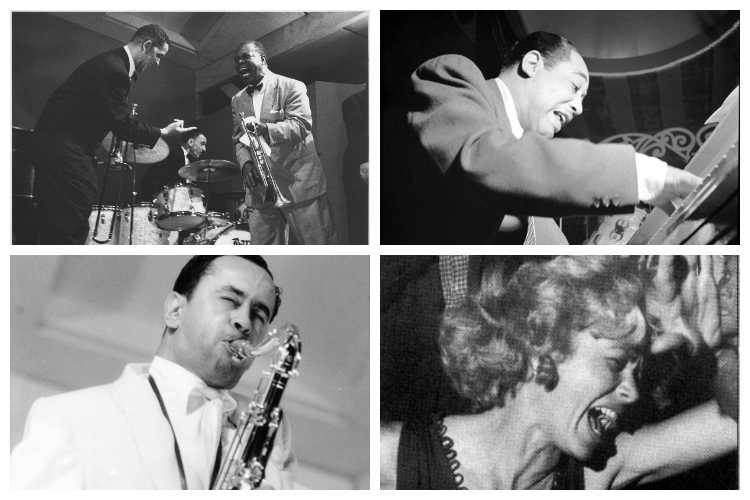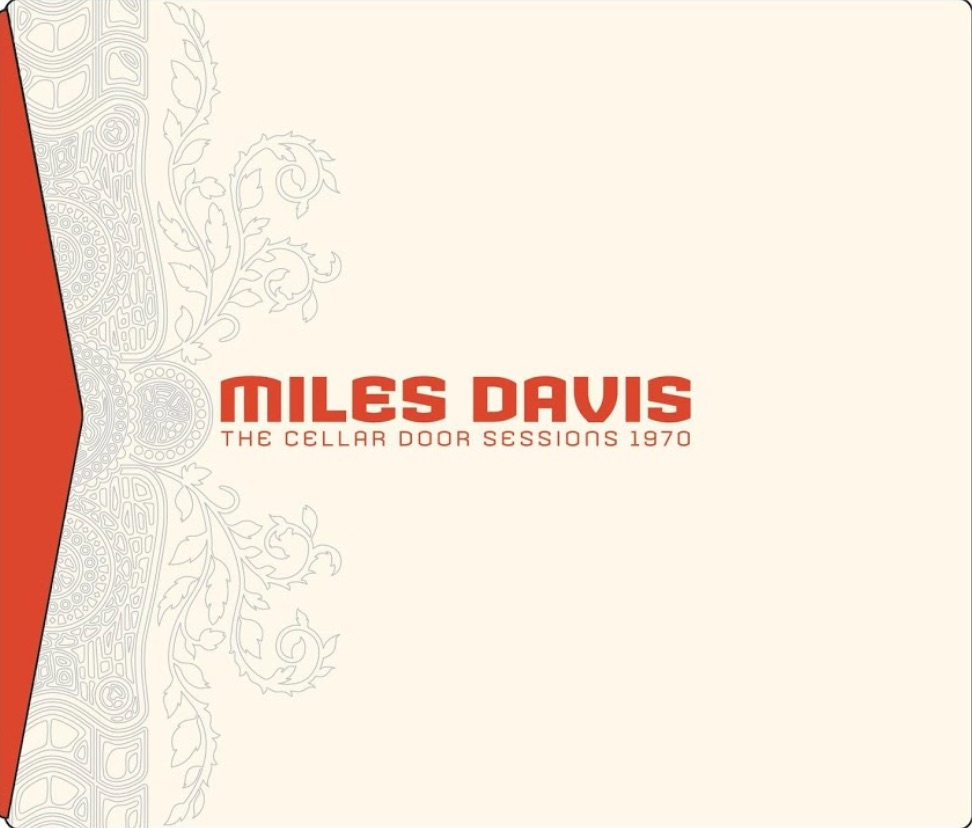A History of the Newport Jazz Festival – Chapter II: Diminuendo and Crescendo, 1956
|
Getting your Trinity Audio player ready...
|
The 1956 Newport Jazz Festival’s schedule was adjusted slightly compared to the prior two outings. While still a three-day event with a focus on nighttime performances, it was moved up a day to begin on Thursday and end on Saturday while also having an earlier start time. Much of the festival took place under torrential rain, however, under Wein’s “rain or shine” policy, other than moving the scheduled panel discussion indoors, the event proceeded as planned and thousands still attended.
Thursday, July 5th, the audience experienced music from a mixture of older and new names, including Count Basie, Percy Heath, Milt Jackson, Connie Kay, John Lewis, The Modern Jazz Quartet, Roy Haynes, Sarah Vaughn, and Joe Williams. The Charles Mingus Sextet debuted two pieces commissioned by the Foundation. Two gifted immigrant female pianists also impressed listeners. Toshiko Akiyoshi, freshly transported from Japan, gave a peak out of the impressive music scene developing there. Jutta Hipp was a reminder of jazz’s role as a music of freedom. Growing up in Leipzig, at threat of death she had to hide her love of what was deemed “degenerate” music from the oppressive Nazi government. By the mid-1950s she moved to the United States and recorded with Blue Note Records, a label co-founded by Francis Wolff who came to the country to flee the same horrific regime. Unlike Akiyoshi, who would ultimately become a legendary pianist, Hipp soon gave up her life of music.
Friday brought, among others, Louis Armstrong, Art Blakey, Dave Brubeck, Donald Byrd, Buck Clayton, Eddie Condon, “Wild” Bill Davison, Paul Desmond, Ella Fitzgerald, Bud Freeman, and trombonists Kai Winding and J.J. Johnson. It was also Miles Davis’ first visit to Newport since his success of the prior summer. It wasn’t just the trumpeter who drew George Avakian’s attention, as an arrangement was made between Newport Jazz Festival, Inc. and Columbia Records to capture a number of the sets from the 1956 Festival. While the foundation ended up not faring well under the arrangement, it was for the benefit of listening audiences, as it resulted in Louis Armstrong & Eddie Condon at Newport (Columbia, 1956), Dave Brubeck & J.J. Johnson-Kai Winding at Newport (Columbia, 1956), two volumes of Duke Ellington & The Buck Clayton All-Stars at Newport (Columbia, 1956), and one other.
The afternoon of July 7th showcased a panel discussion and performances by Phineas Newborn, Teddy Charles, pianist Mario Patron, and the Friedrich Gulda Septet. Like Hipp, Gulda was a figure who developed his love of jazz music despite living under Nazi rule before emigrating to the United States and becoming an early advocate of free improvisation.
But it is the evening of July 7th that produced one of the most memorable moments in music history.
In his first appearance at Newport as an artist, Duke Ellington started the festivities by leading his orchestra with “The Star-Spangled Banner”, “Black and Tan Fantasy” and “Tea for Two” but then left the stage to be used by the other scheduled artists. These included Anita O’Day, Teddy Wilson’s Trio, Bud Shank’s Quartet, Jo Jones’ Trio, Jimmy Giuffre, and Chico Hamilton’s Band. Then, after an uncharacteristic pep talk to the Orchestra, Ellington and his group reclaimed the stage to close out the evening.

The event came at a low point in the iconic bandleader’s career. With the rise of rock and roll – 1956 is often noted as the year that made Elvis Pressley a star – big bands waned in popularity. Although together for decades, Ellington’s Orchestra was not immune from these shifting tastes.
Many of his best musicians left the group and rumors spread he could no longer afford to keep the band touring as they increasingly hemorrhaged money. In some ways, he saw Newport as his last chance. In hope of supporting the group, the Foundation commissioned Ellington’s chief composer Billy Strayhorn to assemble a three-part suite. It was hastily composed and not widely received. Continuing, the pianist called for one of his older tunes, “Diminuendo and Crescendo in Blue.”
The song was originally written by Ellington in 1937 as different pieces, “Crescendo in Blue” and “Diminuendo in Blue.” For years, he would try to spread the two apart and place other songs between them. Neither contained a tenor saxophone solo. On this occasion, he merged them in reverse order and gave saxophonist Paul Gonsalves space for an incredibly long 27 chorus solo. As the song progressed, a platinum blonde woman wearing a dark evening dress jumped from her seat to dance with someone in the crowd. The woman, Elaine Anderson of New Bedford, Massachusetts, is often credited with the frenzy that subsequently arose among the rest of the otherwise subdued and sitting crowd.

The song’s driving rhythm and the crowd reaction brought energy few had seen before. As George Wein noted, by the end “the applause and cheering was immense – stronger, louder, and more massive than anything ever heard at a jazz concert before.”
It would ultimately result in the other Columbia recording from that year’s Festival, Ellington at Newport (Columbia, 1956). Although only about 40% of the release was actually from that evening with the rest in studio, it captured the concert’s magic. It has since become not only Duke’s highest-selling album but also one of the best captured at Newport. He soon appeared on the cover of Time magazine and his career completely revitalized. As Ellington would later frequently remark, “I was born in 1956 at the Newport Festival.”
Significant portions of this chapter were adapted from George Wein’s autobiography (written with Nate Chinen) ‘Myself Among Others’ (Da Capo Press, 2004), and ‘50: The Newport Jazz Festival, 1954-2004’.




2 thoughts on “A History of the Newport Jazz Festival – Chapter II: Diminuendo and Crescendo, 1956”